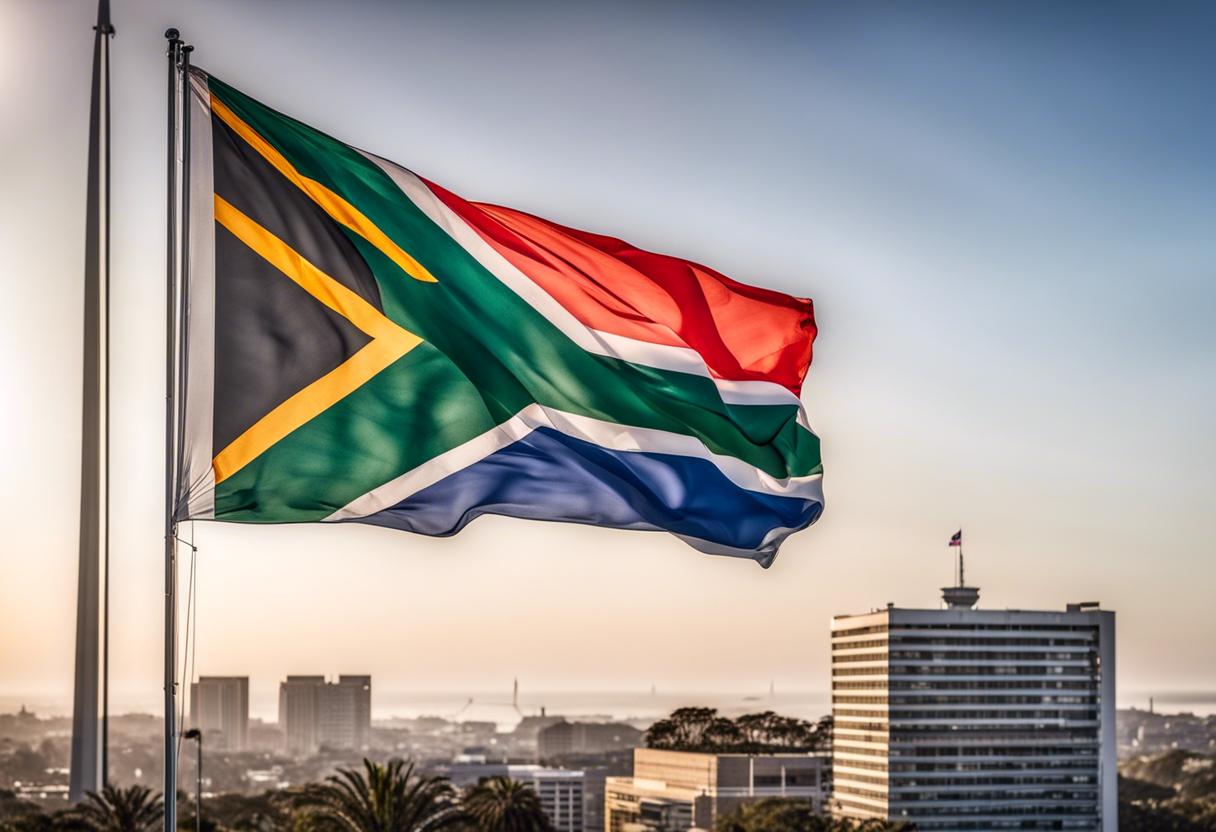Following the general election in May, Cyril Ramaphosa, the leader of the African National Congress (ANC), is on the brink of being voted as the president of South Africa in the inaugural session of the National Assembly. Due to the loss of the party’s parliamentary majority in the election, this anticipated selection for his second term is made possible by the formation of a ground-breaking unity government. This agreement was signed recently in Cape Town by ANC, the main opposition Democratic Alliance (DA), and some minor parties.
In the 2024 national election, the ANC suffered a substantial decline in support, gaining just over 40% of the votes instead of the 57.5% it received five years prior. This resulted in the party obtaining 159 seats out of 400 in the lower house, and required them to accrue support from opposing parties to secure Ramaphosa’s election.
In South Africa, the citizens do not elect their president directly. Instead, the president is voted by the Members of Parliament (MPs), nominated by political parties that the citizens elect to represent them in parliament. These MPs vote for their nominees for the top government position when the new parliament initially convenes.
Post the election results, the ANC decided to involve all the parliamentary parties in the unity government which led to intensive, confidential negotiations among different political groups over two weeks. However, the Economic Freedom Fighters and the uMkhonto weSizwe (MK) party, both led by -ex-ANC-leaders who have had disagreements with Ramaphosa, along with some minor parties refused to collaborate with ANC.
The alliance between ANC and DA, the latter gaining 21.81% of the vote as of May 29th, couldn’t be taken for granted as they both possess considerable ideological differences despite both being central parties recognising South Africa’s constitution as the foundation of its democracy. However, these past political foes and various other parties managed to find sufficient mutual grounds to establish a wide-ranging alliance.
This alliance indicates the commencement of a novel epoch of coalition politics at a national scale for South Africans. It’s worth noting that the previous liberation movement had always held the parliamentary majority in every general election since the apartheid termination in 1994.
John Steenhuisen, the head of the DA, has expressed the perspective that the latest nation-wide vote indicates that South Africans are not in favour of a single party monopolising the country’s politics. He believes that the moment has come for a revitalised political methodology that encourages co-operation.
Steenhuisen affirms the DA’s dedication to utilise every available method to save South Africa from deterioration, with the objective to make the forthcoming period the most progressive for the nation. This was his statement subsequent to the completion of a coalition agreement.
The DA reports that as part of the agreement, the party will assume key roles within Mr Ramaphosa’s cabinet, the National Assembly and in the evenly split provincial governments in Gauteng and KwaZulu-Natal, which was secured in exchange for their support.
Moreover, the foundational outline comprises the information about the executive decision-making procedure, a mechanism for resolving conflicts, and instructions for the creation of policies and completion of the nation’s budget.

